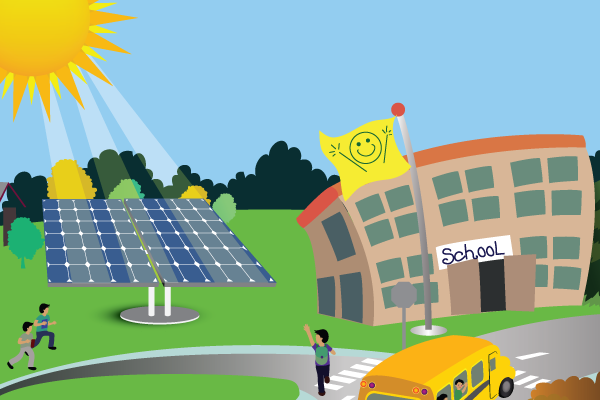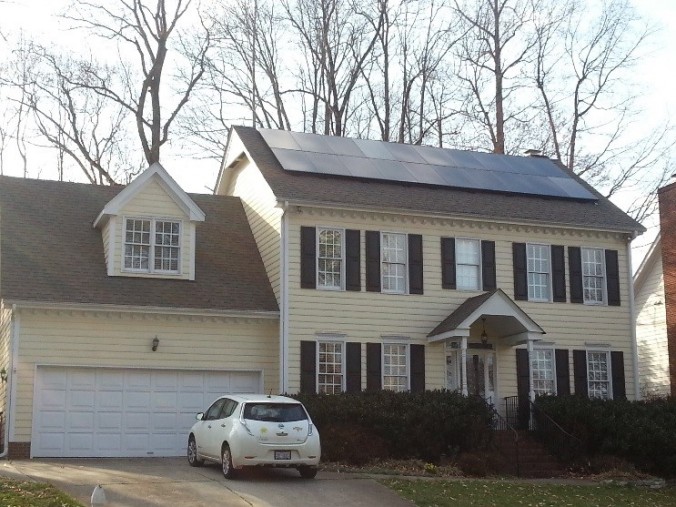Amy Vaughn is a fellow in the 2019 Leaders in Environment and Finance (LEAF) program. As part of the LEAF Fellowship, Amy worked with NC GreenPower over the summer of 2019. Amy is a senior at UNC majoring in Environmental Science and Economics with a minor in Information Science. She currently works at the EFC as a Research Assistant.
As the renewable energy sector continues to grow rapidly in North Carolina, it is important that the next generation understands how to use these resources and the data that energy creates. This is achieved most effectively with hands on learning experience at a young age. Unfortunately, it can be difficult for K-12 schools to adapt their curriculum and train teachers, let alone invest in educational materials like solar panels.
Recognizing this barrier, NC GreenPower introduced their Solar Schools program in an effort to support community solar photovoltaic (PV) projects and expand renewable energy education in North Carolina. This program is open to every K-12 school in North Carolina and provides matching grants from NC GreenPower and the potential for an additional grant from the State Employees Credit Union (SECU) Foundation for public schools. The remaining balance of the system, typically 30-40% of the total cost, is fundraised by the school and its broader community. Grant recipients receive up to a 5 kilowatt (kW) solar installation along with a weather station, real-time monitoring equipment, STEM curriculum and teacher training needed to implement renewable energy education into existing class curricula. Continue reading







